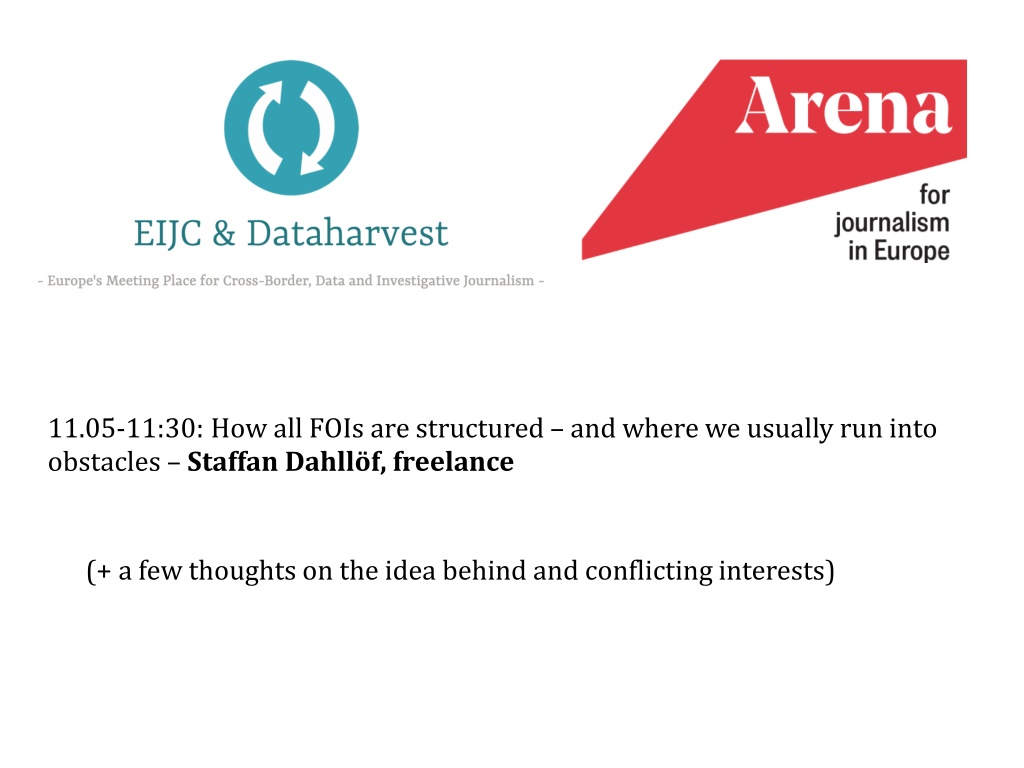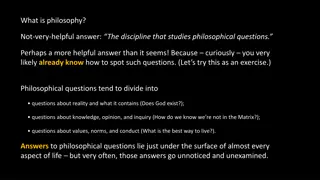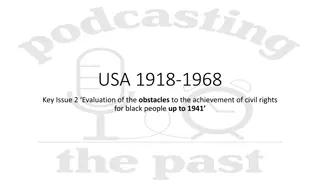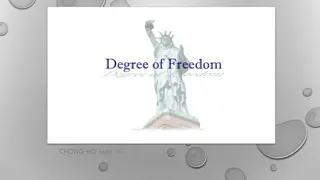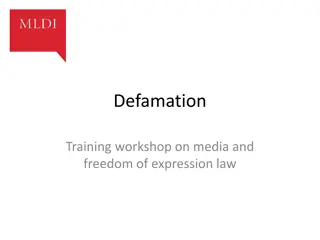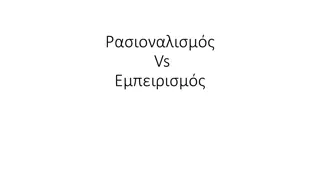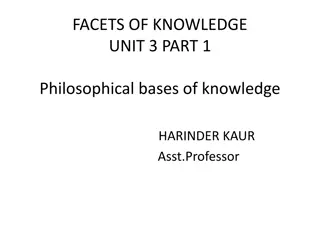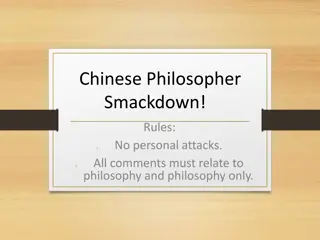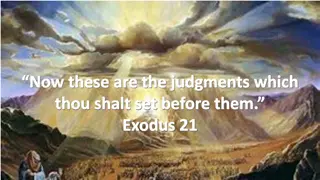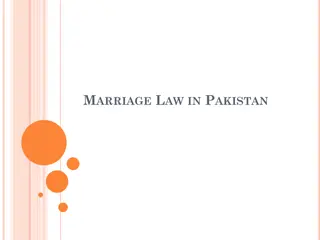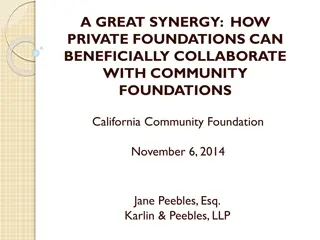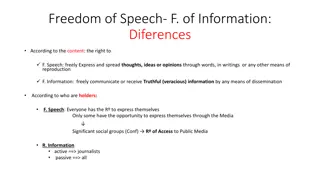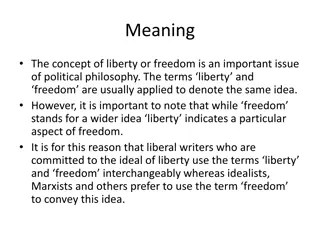Understanding Freedom of Information Laws: Structures, Obstacles, and Philosophical Foundations
Explore the structure of FOIs, common obstacles faced, and the underlying philosophy emphasizing the right to information as a fundamental freedom. Delve into historical contexts and global perspectives on the development of laws promoting access to information while considering challenges from users' perspectives.
Download Presentation

Please find below an Image/Link to download the presentation.
The content on the website is provided AS IS for your information and personal use only. It may not be sold, licensed, or shared on other websites without obtaining consent from the author. Download presentation by click this link. If you encounter any issues during the download, it is possible that the publisher has removed the file from their server.
E N D
Presentation Transcript
11.05-11:30: How all FOIs are structured and where we usually run into obstacles Staffan Dahll f, freelance (+ a few thoughts on the idea behind and conflicting interests)
What are we talking about? Access to Information as a fundamental right and a part of the right to expression
Two proofs of the connection European Court of Human Rights 2009: TASZ vs. Hungary = Right to know part is part of 10 in ECHR The very first law on freedom to print 1766: = No censorship, everything can be printed and therefor read
The philosophy behind: It must be possible for society s state of affairs to become known to everyone, and it must be possible for everyone to speak his mind freely about it. Peter Forssk l: Thoughts of Civil Liberty 1759
A global growth in laws: 124 2018 Source: Country RTI-rating, The Centre for Law and Democracy, Nova Scotia Canada
Source: Country RTI-rating, The Centre for Law and Democracy, Nova Scotia Canada
Common traits in different laws: Presumption of access exemptions defined by law protection of state interests protection of private interest protection of efficiency (court cases, internal documents) Appeal to court or to ombudsman
The origine of the ombudsman: to ensure that judges and officials in general acted in accordance with the laws in force and discharged their duties satisfactorily in other aspect. Decision to create a supreme ombudsman by order of the Swedish king Charles XII in 1713 while in asylum in Edirne (Adrianopel) Inspired by the concept of Mohtasib or Diwan-al-Mazalim
Challenges and conflicts from the users perspective: Too many and too vague exemptions Lack of public registers difficult to know what to ask for Digital format, AV-media and databases? Answers take too long Appeal process too cumbersome and costly Conflicting interests with other laws
Conflicting laws EU as an example Regulation 1049/2001 access to information in EU institutions Versus Directive to protect business information Regulation on protection of personal data
Q: The fundamental right to know or the fundamental right to privacy, which right is the most fundamental? A: When two principles collided, only one of them will come out on top.
